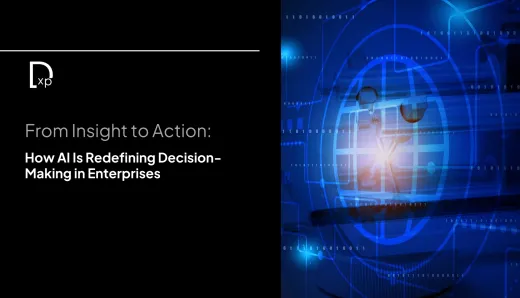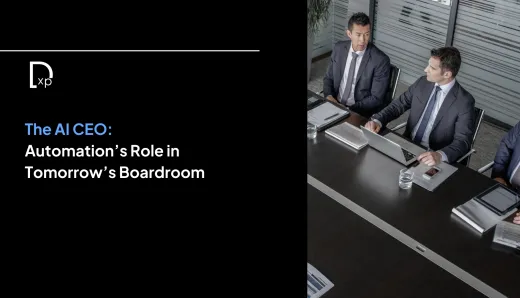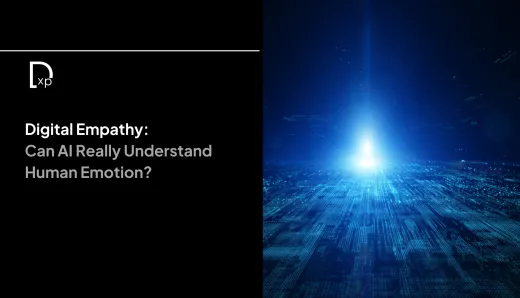Bias in the Machine: Can AI Ever Be Truly Fair?

Let’s Talk About the Invisible Decisions
Every day, AI makes decisions on our behalf. It suggests what we should buy, who we should date, which candidate might be “the best fit” for a job, or whether a loan should be approved. And if we’re not paying attention, it feels almost magical. Seamless. Neutral. Efficient.
But here's the truth most people don't know: AI isn't objective.
It reflects the values, beliefs, and blind spots of the people and systems that created it. In other words, bias doesn’t start with the machine — it starts with us.
The question isn’t just “Can AI be fair?” It’s “How honest are we about what fairness really means?”
And maybe even more importantly, “Who gets to define it?”
What Is Bias in AI, Really?
Let’s simplify something that often gets overcomplicated.
Bias in AI means the algorithm treats people unfairly, usually based on race, gender, age, income, or geography — even when that was never the intended outcome.
Why does this happen?
Because AI learns from data. And that data? It’s a reflection of the world as it was, not as it should be. If we feed it a history of injustice, imbalance, and inequality, we shouldn’t be surprised when it replicates those same patterns.
But what makes this even more complex is that AI doesn’t just reflect the past — it scales it.
So instead of one human making a biased decision, we now have systems that can make that same biased decision millions of times a day, invisibly, silently, and without accountability.
Real People, Real Impact
This isn’t just about abstract ethics or theoretical danger. The consequences are already real, and they’re already happening.
In hiring, algorithms have been trained on past employee data that skews male and white — resulting in resumes from women and people of color being filtered out before a human ever sees them.
In finance, AI systems used to determine creditworthiness have been found to penalize certain zip codes more than others, tying socioeconomic background to access to opportunity.
Even in healthcare — where data should be used to improve lives — some AI models have failed to diagnose diseases as accurately in marginalized populations due to underrepresentation in the data.
These aren’t one-offs. They’re systemic symptoms of how we’ve chosen to design — or ignore — the underlying values baked into our technologies.
The Illusion of Objectivity
One of the most dangerous myths around AI is the belief that it’s somehow “above” human emotion, free from bias or imperfection.
But algorithms aren’t mystical entities. They’re built by people. Trained on data generated by people. And often evaluated by metrics defined by people.
The problem is, we’ve mistaken scale for truth. Just because a model processes more data than a human brain can doesn’t mean its decisions are more just.
When we rely on AI to make high-stakes decisions — especially about people’s lives — we need to be radically honest about what we’re optimizing for.
Are we prioritizing accuracy? Efficiency? Profit? Fairness?
And if it’s fairness, then whose definition of fairness are we using?
Because equity doesn’t happen by accident. It has to be designed.
Why Transparency Is the Game-Changer
If you take away one thing from this conversation, let it be this: opacity is the enemy of fairness.
We can't improve what we can't see. And for most AI systems today, the decision-making process is a black box. We don’t know which variables were used, how much weight they were given, or what trade-offs were made.
That’s not just problematic — it’s dangerous. When people are denied loans, jobs, or services by a system that offers no explanation, trust begins to erode. And so does accountability.
Transparency isn’t just about ethics. It’s about sustainability. If we want to build a world where technology serves all of us, not just a privileged few, then we need systems that are auditable, understandable, and challengeable.
We need AI we can question — and systems that are required to answer.
Can AI Ever Be “Fair”?
Now, the big question: Can AI ever be truly fair?
The answer is nuanced.
Fairness isn’t a destination. It’s a moving target — one we continually redefine as our values evolve. But AI can absolutely be fairer. It can be more inclusive. More just.
To get there, we need intentional design, diverse development teams, and rigorous testing that considers not just accuracy, but impact. We need to question defaults, challenge assumptions, and be willing to rebuild what isn’t working.
We also need to invite more voices into the room — especially those most likely to be harmed by biased systems. This means including ethicists, sociologists, community advocates, and people from underrepresented backgrounds in every stage of the AI development process.
Because if we don’t expand who’s shaping the system, we’ll keep reinforcing the same exclusions it’s already built on.
How We Move Forward (With Heart)
This is where the work gets real — and also where it gets hopeful.
Fairness in AI isn’t about making perfect systems. It’s about making better ones. Ones that align with the kind of world we want to live in. Ones that challenge old power structures instead of just digitizing them.
We’re not powerless here. We’re the builders. The educators. The regulators. The users. We have a say.
And maybe more than anything, we need to stay in the conversation. To keep asking hard questions. To keep holding space for complexity. And to keep showing up — even when the system feels too big to change.
Because the future of AI isn’t about code. It’s about courage.
And fairer systems start with brave humans.




